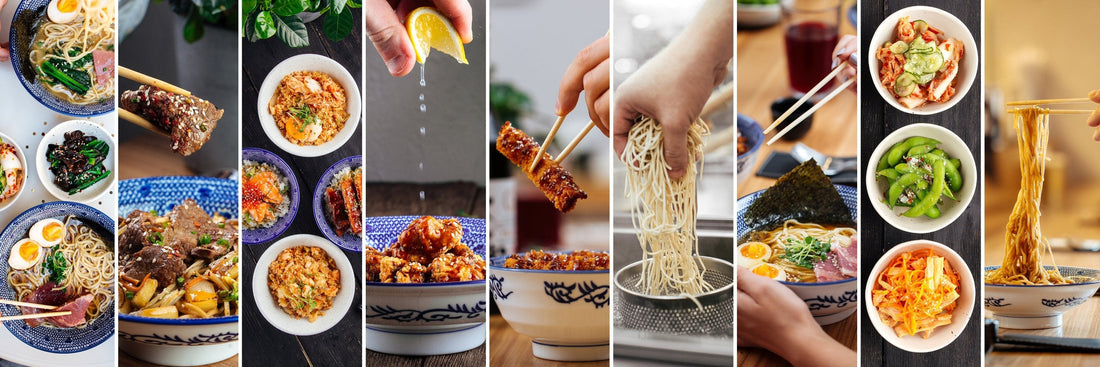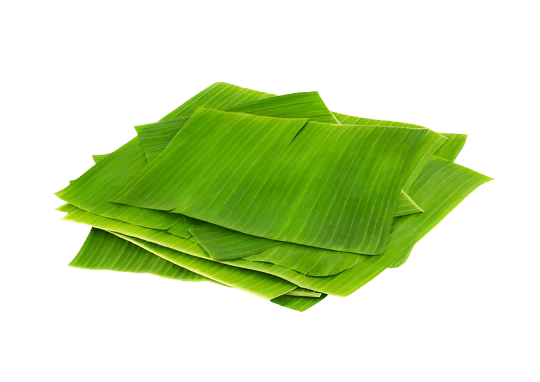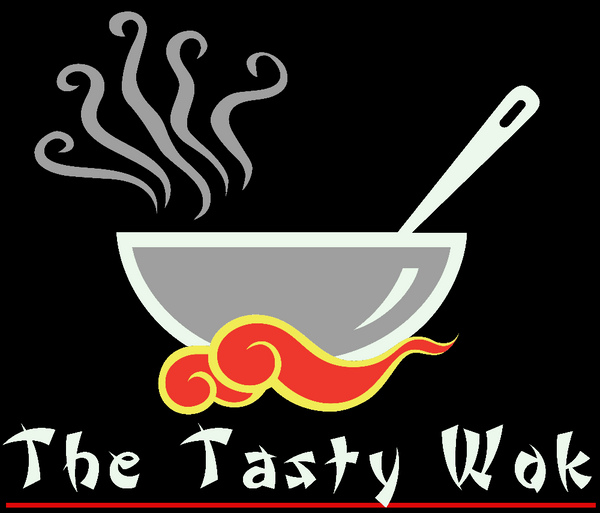
Chinese Cooking: A Journey Through 5000 Years of Culinary Artistry
Share
Chinese cuisine stands as one of the world's oldest and most sophisticated culinary traditions, shaped by millennia of cultural evolution, philosophical thought, and regional diversity. Far more than just a way of preparing food, Chinese cooking represents a profound understanding of ingredients, balance, and the relationship between food and wellbeing.

The Philosophy Behind the Wok
At the heart of Chinese cooking lies a deep philosophical foundation. The concept of yin and yang extends into the kitchen, where ingredients are carefully balanced not just for flavor, but for their warming or cooling properties. This isn't merely tradition – it reflects an ancient understanding of how food affects our bodies and overall health.
Essential Techniques
Wok Hei
Perhaps no concept is more central to Chinese cooking than "wok hei" – literally "the breath of the wok." This elusive quality comes from the intense heat and expert handling of a seasoned wok, creating dishes with a distinctive smoky aroma and flavor that's impossible to achieve through other cooking methods. The technique requires precise control of heat, timing, and movement.
Knife Work
Chinese cooking elevates knife skills to an art form. Different ingredients require specific cutting techniques to ensure proper cooking and presentation. From paper-thin slices of meat for stir-frying to precise julienne cuts for cold dishes, mastery of the cleaver is essential for any serious Chinese cook.
Regional Distinctions
Cantonese (Yue) Cuisine
Known for its subtle flavours and emphasis on preserving the natural taste of ingredients, Cantonese cooking is perhaps the most internationally recognized Chinese cuisine. Techniques like steaming and stir-frying highlight fresh ingredients, while dishes like dim sum showcase intricate preparation methods.
Sichuan Cuisine
Famous for its bold use of chilli peppers and numbing Sichuan peppercorns, Sichuan cooking demonstrates how regional ingredients shape culinary traditions. The concept of "mala" – numbing and spicy – represents a unique approach to flavor that's become globally influential.
Northern Cuisine
With wheat as its staple rather than rice, northern Chinese cuisine offers a different perspective on Chinese cooking. Hand-pulled noodles, dumplings, and flatbreads showcase the region's mastery of flour-based foods, while hearty braised dishes reflect the colder climate.
Jiangsu and Zhejiang (Huaiyang) Cuisine
Renowned for its elegant presentation and subtle flavours, this region's cuisine emphasizes artistic cutting techniques and meticulous preparation methods. It's often considered the most refined of Chinese cooking styles.
Fundamental Ingredients
The Holy Trinity
Ginger, garlic, and spring onions (scallions) form the foundation of many Chinese dishes. This aromatic trio appears so frequently that it's often called the "holy trinity" of Chinese cooking.
Sauces and Condiments
Light soy sauce, dark soy sauce, black vinegar, and oyster sauce each play crucial roles in building flavour. Understanding their proper use is key to authentic Chinese cooking. The difference between light and dark soy sauce isn't just about colour – each brings distinct flavours and functions to a dish.
Cooking Methods
Stir-Frying
While seemingly simple, proper stir-frying requires understanding heat control, timing, and ingredient order. The wok must be hot enough to sear ingredients quickly while preventing sticking, all while maintaining the perfect degree of doneness for each component.
Braising
Chinese braising techniques, particularly red cooking (hong shao), create deeply flavoured dishes where the sauce is as important as the main ingredient. The process often involves initial searing followed by long, slow cooking in aromatic liquid.
Steam Cooking
Steaming preserves nutrients and natural flavors while creating perfectly tender textures. From whole fish to delicate dim sum, proper steaming requires attention to water level, timing, and temperature.
Modern Chinese Cooking
Today's Chinese cuisine continues to evolve while maintaining its core principles. Modern chefs are:
- Experimenting with traditional techniques applied to new ingredients
- Focusing on health-conscious adaptations of classic dishes
- Creating fusion cuisines that respect Chinese culinary philosophy
- Elevating street food classics to fine dining status
The Home Kitchen
For home cooks approaching Chinese cooking, understanding a few key principles can make a significant difference:
- Mise en place is crucial – having ingredients prepared before heating the wok
- Heat control is more important than following exact cooking times
- Building a basic Chinese pantry allows for spontaneous cooking
- Respecting ingredient quality and freshness is essential
Beyond Technique
What makes Chinese cooking truly special isn't just its techniques or ingredients, but its ability to convey culture, history, and philosophy through food. Every dish tells a story, whether it's the symbolic longevity noodles served at birthdays or the careful balance of five flavours representing harmony.
Chinese cooking reminds us that food is more than sustenance – it's a way to connect with tradition, express care for others' wellbeing, and create moments of shared joy around the table. Whether you're mastering the perfect fried rice or attempting your first hand-pulled noodles, Chinese cuisine offers endless opportunities for learning and discovery.

